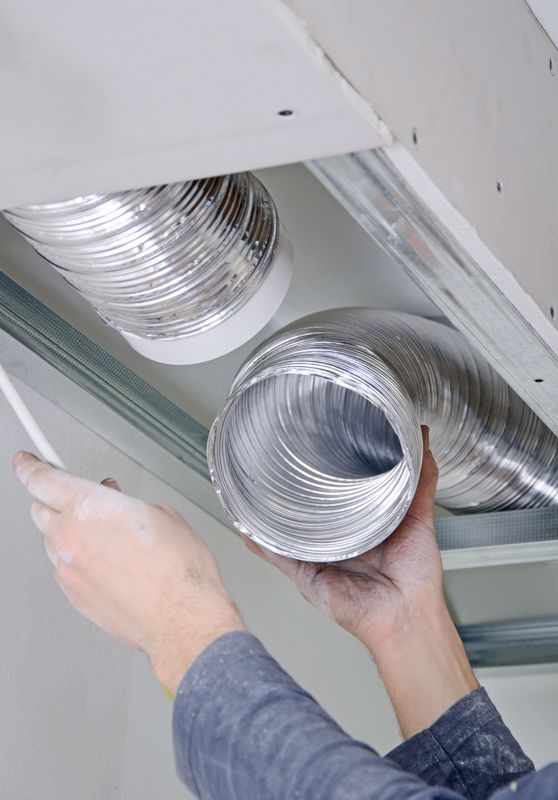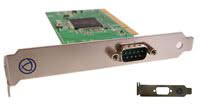
IoT air control
By Max BurkhalterJuly 28, 2022
The Internet of Things (IoT) is powering a new generation of connected sensor devices in order to monitor the air quality around us. This inexpensive, efficient overwatch is accomplished via the use of battery-powered hardware that can accurately assess everything from room temperature to light levels.
The global disruption caused by the COVID-19 pandemic forced many workers to find new accommodations, and the rise of remote work coincided with a re-evaluation of the safety of home and public environments we collectively spent more time in.
Once the effects of the pandemic waned, restaurants, cafes and tourist attractions reopened their doors, albeit with a heightened focus on cleanliness and security measures. This article will examine how today's air monitoring systems harness IoT technology to keep an eye on the quality of the air all around us.
Home, safe
Manx Technology Group (MTG) posted results of an interesting experiment conducted by CEO Joe Hughes during a pandemic-enforced period in 2021. Working from a small home office, Hughes decided to measure the air quality of his makeshift workspace over a 21-day period. Curious as to the ventilation capabilities of the tiny room, Hughes deployed a battery-powered IoT sensor device that could update him of the room's CO2 levels every ten minutes via a connected online dashboard.
Noting the correlation between elevated CO2 and decreased cognitive performance – as outlined by this News-Medical report – Hughes discovered higher levels (displayed as spikes on the dashboard) during conference calls or when his dog accompanied him to the workspace.
The precision of the monitoring capabilities of devices like the one deployed for the experiment – the Elsys ERS CO2 – showcase how air quality can be monitored easily, in any environment.

Office overwatch
The versatility of today's IoT-powered air quality monitoring devices can be scaled to match the needs of restaurants, offices and a virtually limitless number of work environments. Companies like Foobot design artificial intelligence (AI) implementation for hardware that can optimize HVAC controls, in order to effectively predict air quality levels and monitor the current status of large work environments.
The preventative maintenance, predictive analytics and remote monitoring capabilities of these technologies can handle large workspaces, and provide real-time updates as to variances in air quality that could lead to future air pollution issues.
Restaurant monitoring needs
The indoor air quality (IAQ) of dining areas has been a topic of discussion for restaurants since reopening after the disruption caused by the pandemic. Governed by the National Restaurant Association and the Centers for Disease Control (CDC), efforts to monitor the HVAC systems of dining areas have been heightened to ascertain the level of harmful emissions and airborne contaminants.
A recent report published by My Breezzz discusses the significant presence of particulate matter (PM) in the air of some indoor restaurants. Backed by research from a Science Direct study that observed the impact of restaurant exhaust, the importance of air quality monitoring in public spaces has been recognized. Today's IoT sensor devices enable compact, discreet monitoring that can identify pathogens, chemicals and bacteria in order to keep diners and workers safe.
Perle powers future tech
Perle Systems proudly partners with leaders in IoT innovation by providing device networking, media conversion and IoT solutions. To learn more about how Perle tech is aiding network-enabled connectivity across a variety of verticals, visit our industry solutions page.



